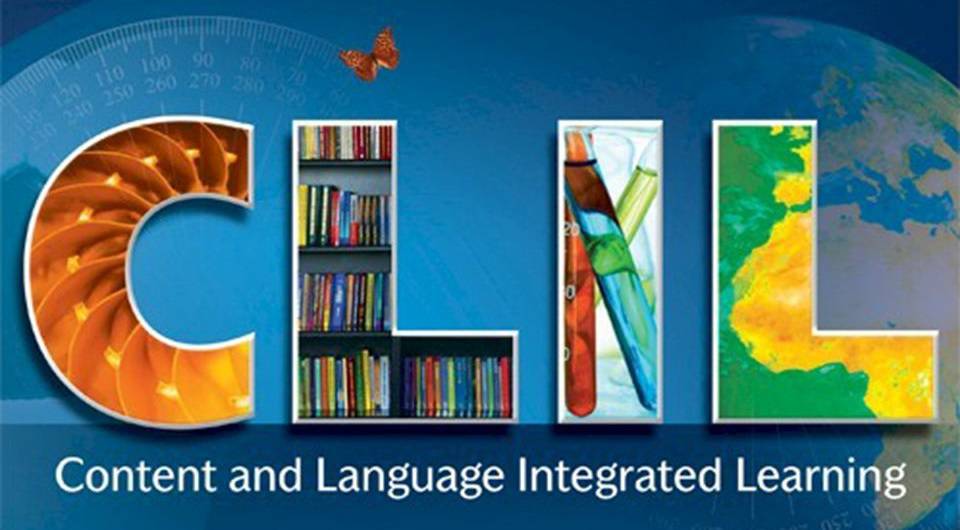Since CLIL has been introduced in regular school curricula, it has certainly represented a great challenge for teachers.
But…what is exactly CLIL?
This term was first introduced by David Marsh and Anne Maljers in 1994 and is an acronime of Content and Language Integrated Learning, which in a few words means teaching a school subject: History, Science, Art, Music and so on using a foreign language, for example English, French, Spanish.
In Italy, the new School Reform Law (L. 107/2015) clearly specifies the importance of CLIL methodology in schools and in fact activities to develop and empower English learning are clearly indicated in the law, which recommends schools to promote them.
Various schools projects to promote language learning through CLIL methodology have been recently approved by local school departments and schools staffs have been enriched with the presence of “Empowerment teachers”( docenti di potenziamento”).
In the school where I teach, (an Italian Middle School belonging to a State Comprehensive Institute) I presented a CLIL project regarding teaching Science and Music using English, and the project was approved by the Local School Department which has nominated an English teacher to develop the project.

In my opinion the major problem is that in Italian school curricula CLIL teaching should be carried on by subject teachers who should explain a particular topic of their subject using English instead of Italian. Can this be possible? I really do not think so.
Italian subject teachers are required to have got a C1 level CFRL to be able to teach using CLIL methodology but only a restricted number of collegues have such a high foreign language level.
Moreover Italian teachers are among the oldest in Europe and after years and years of teaching carrier it is not easy to study to learn a foreign language and to get such a high level of a foreign language knowledge.
I think this is the point: subject teachers should also re-invent themself as language teacher. Quite impossible, I think.
CLIL methodology gives both teachers and students a great opportunity: to learn something new in a different way, to understand the value of sharing knowledges skills, activties, and to create a serene and relaxed enviroment which is ideal to stimulate the students’ learning. What is essential, in my opinion, is that subject teachers remain subject teachers, while language teacher remain language teachers!
I personally believe that CLIL methodology can be successfull only if subjet teachers and English teachers co-operate. In this way even Primary School teachers could use CLIL methodology to involve more their pupils in their every-day lessons.
The same for middle school teachers and students.
If students get to become familiar with CLIL methodology already in their first years of school it will not be difficult for them to improve their linguistic performance and to begin high school being better in managing to express themselves in a foreign language, which in Italy is, in most schools, English.
Giusi Tranchina, insegnante
